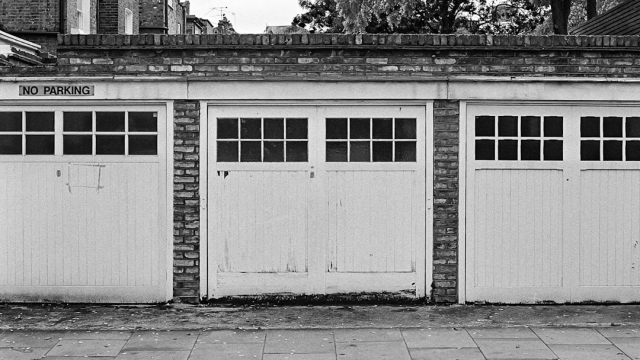Understanding Energy Efficient Structures

As the world increasingly focuses on sustainability and resource conservation, energy-efficient structures have emerged as an essential part of modern architecture and design. These buildings are designed to minimize energy consumption while maximizing utility and comfort. By implementing smart design principles, energy-efficient structures not only contribute to a healthier environment but also offer significant economic benefits to owners, occupants, and the broader community. This article explores the key principles behind energy-efficient designs, showcases innovative examples from around the globe, and provides practical tips for individuals looking to embrace these sustainable practices.
Understanding Energy-Efficient Structures
Energy-efficient structures are buildings specifically designed to reduce energy consumption through various means. This encompasses everything from the orientation of the building on the site to the materials used in its construction. The importance of these structures cannot be overstated; they help lower utility bills, reduce greenhouse gas emissions, and enhance overall comfort for occupants. In an era where climate change and resource depletion are pressing issues, adopting energy-efficient designs is not just beneficial but imperative for a sustainable future.
Key Design Principles for Energy-Efficient Buildings
Several fundamental design principles contribute to the effectiveness of energy-efficient structures. By understanding and applying these principles, architects and builders can create spaces that are both functional and sustainable.
Passive Solar Design
One of the cornerstones of energy-efficient design is passive solar design, which harnesses the sun’s energy for heating and lighting without the use of mechanical systems. This involves strategically placing windows and using thermal mass materials to capture heat during the day and release it at night. Orienting a building to take advantage of sunlight can significantly reduce heating costs, making it a vital consideration in the planning stages.
Insulation Techniques
Effective insulation is crucial for maintaining comfortable indoor temperatures and reducing energy consumption. High-quality insulation materials help to prevent heat loss in the winter and keep spaces cool in the summer. Various techniques can enhance insulation, such as using insulated concrete forms, spray foam, or cellulose insulation. Proper sealing of doors and windows also plays a critical role in minimizing drafts and energy loss.
Use of Renewable Materials
Choosing sustainable materials is another essential aspect of energy-efficient structures. Utilizing renewable resources, such as bamboo or reclaimed wood, not only minimizes environmental impact but also supports a circular economy. Furthermore, materials with low embodied energy, which require less energy to produce and transport, should be prioritized in the design process.
Examples of Innovative Energy-Efficient Structures
Across the globe, numerous buildings exemplify the principles of energy efficiency, showcasing innovative designs and features that inspire others in the industry.
The Bullitt Center, Seattle
The Bullitt Center is often hailed as one of the greenest commercial buildings in the world. Its design incorporates extensive use of natural light, a green roof, and systems for rainwater harvesting. The structure is designed to generate more energy than it consumes, exemplifying the potential of energy-efficient architecture.
The Edge, Amsterdam
Regarded as one of the most sustainable office buildings, The Edge uses smart technology to optimize energy use. Its design includes a biodiverse green roof, extensive solar panels, and a highly efficient heating and cooling system. The building’s layout encourages natural ventilation, further minimizing energy needs.
Practical Tips for Homeowners and Builders
For those looking to incorporate energy-efficient principles into their own projects, a few practical steps can be taken:
- Conduct an Energy Audit: Before making changes, assess current energy usage to identify areas for improvement.
- Invest in Quality Insulation: Ensure that insulation is of high quality to minimize energy loss.
- Utilize Energy-Efficient Appliances: Choose appliances with high energy ratings to reduce overall consumption.
- Consider Renewable Energy Sources: Explore options like solar panels or wind turbines to create a more self-sufficient energy system.
In conclusion, embracing the principles of energy-efficient structures not only benefits individual homeowners and builders but also contributes to a more sustainable future for all. By focusing on design strategies that promote energy conservation, we can create buildings that are not only functional but also environmentally responsible. For more insights and resources on energy-efficient structures, consider exploring additional information available through specialized platforms.


